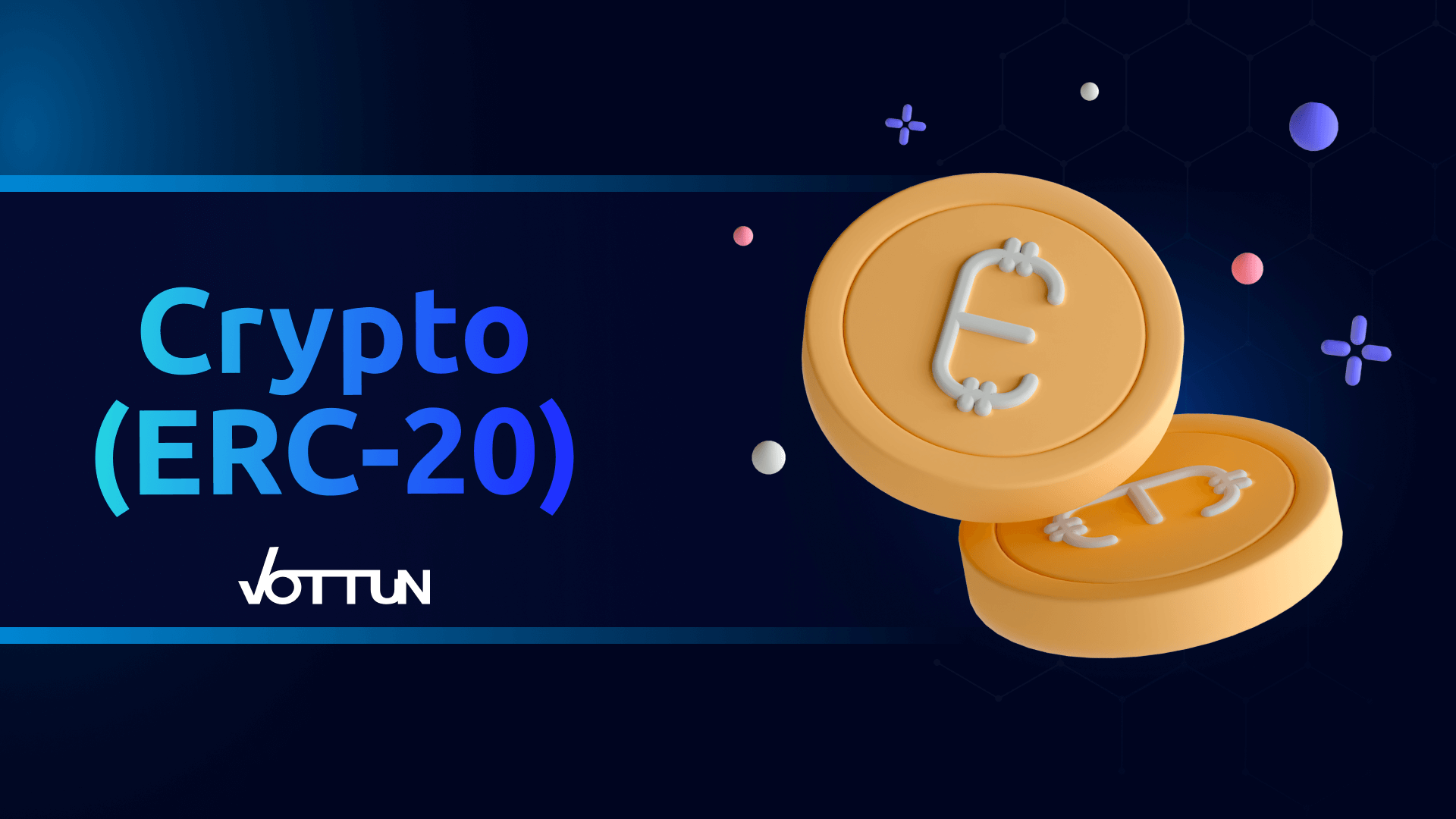The world of cryptocurrencies can be vast and confusing, with new terms and technologies emerging frequently. One common acronym you may have encountered is ERC, but what exactly does it mean? In this article, we will delve into the realm of ERC and explain its significance in the crypto ecosystem.

Image: docs.vottun.io
Understanding ERC Standards
ERC stands for Ethereum Request for Comments (EIP) and refers to a set of technical standards and guidelines used in the development and implementation of smart contracts on the Ethereum blockchain. These standards help to ensure compatibility and interoperability between different applications and smart contracts built on the Ethereum network.
Each ERC standard defines specific functionalities and rules that developers must adhere to when creating smart contracts. This standardization process enables interaction and communication between different contracts and facilitates the seamless integration of various crypto applications and services.
ERC-20: A Cornerstone of Cryptocurrencies
One of the most widely used ERC standards is ERC-20. This standard outlines the rules for creating and managing fungible tokens (e.g., representing currencies or assets) on the Ethereum blockchain. ERC-20 tokens are interchangeable and can be easily transferred between accounts, making them particularly suitable for use as cryptocurrencies.
The ERC-20 standard has played a crucial role in the growth and popularity of the Ethereum blockchain. Its simplicity, flexibility, and backward compatibility have made it the foundation for many crypto projects and applications. Notable examples include Tether (USDT), USD Coin (USDC), and Binance USD (BUSD), which are widely used stablecoins pegged to the value of fiat currencies.
Other ERC Standards and their Applications
In addition to ERC-20, there are numerous other ERC standards that serve specific purposes within the Ethereum ecosystem:
- ERC-721: Defines the rules for creating and managing non-fungible tokens (NFTs), representing unique, non-interchangeable assets, such as digital art or collectibles.
- ERC-1155: Provides a framework for creating semi-fungible tokens, which combine the properties of both ERC-20 (fungible tokens) and ERC-721 (non-fungible tokens) to represent assets with varying degrees of uniqueness.
- ERC-2981: Establishes a standardized mechanism for creators and marketplaces to receive royalties on the resale of NFTs, ensuring that artists continue to benefit from the appreciation of their work.
These diverse ERC standards have expanded the functionalities of the Ethereum blockchain by supporting various token applications and use cases, fueling innovation in the crypto space.

Image: farad.energy
The Significance of ERC Standards
ERC standards play a vital role in maintaining the integrity, interoperability, and composability of the Ethereum ecosystem. By providing a set of common rules and guidelines, these standards enable developers to create smart contracts that can interact seamlessly with each other, regardless of who developed them.
The use of ERC standards fosters a collaborative environment where developers can build upon existing ideas and leverage the combined might of the Ethereum network. This facilitates the creation of complex and innovative decentralized applications (dApps) and services without the need for fragmented and incompatible implementation.
What Is Erc In Crypto
Conclusion
ERC standards are the cornerstone of the Ethereum blockchain, providing a solid foundation for the development and operation of smart contracts and cryptocurrencies. From the widely used ERC-20 to specialized standards like ERC-721 and ERC-1155, these guidelines ensure compatibility, interoperability, and a dynamic ecosystem where innovation can thrive. As the crypto space continues to evolve, ERC standards will continue to play a crucial role in shaping its future and empowering developers to create groundbreaking dApps and services.







